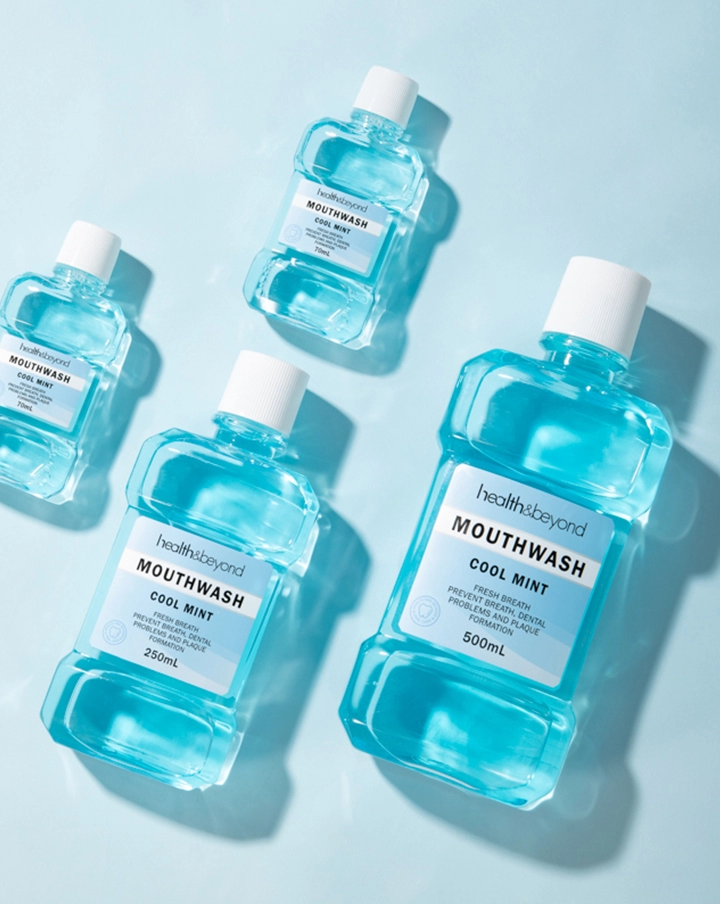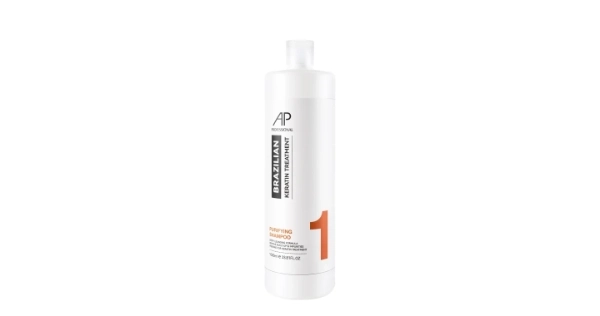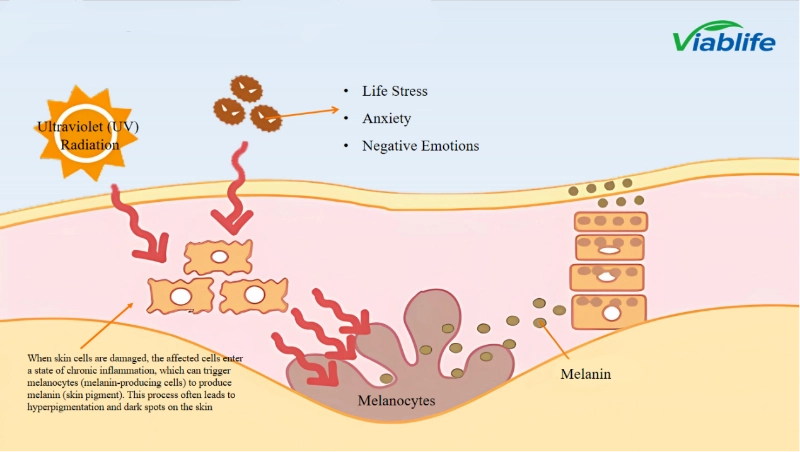How to choose a safe and effective whitening mouthwash?

In the pursuit of whiter teeth, alongside daily brushing and regular teeth cleanings, whitening mouthwash is becoming a growing oral care option. Not only is it convenient to use, it also gently whitens without affecting tooth enamel, making it an ideal supplement to daily oral care. However, with a wide variety of products on the market and varying quality, choosing a safe and effective whitening mouthwash has become a key concern for consumers.
This article will provide an in-depth analysis of various factors, including ingredient safety, effectiveness, recommended users, usage instructions, and common misconceptions, to help you make an informed choice among the numerous brands.
1. Definition and Principle of Safe Whitening Mouthwash
Whitening mouthwash is an oral care product that uses chemical or natural active ingredients to reduce surface stains and plaque, thereby enhancing tooth whiteness. It is typically used as a supplemental treatment, not as a replacement for toothpaste.
Common mechanisms of action for whitening mouthwashes include:
Chemical redox reaction: Using oxidants such as hydrogen peroxide to break down tooth stains;
Enzymatic hydrolysis: Using enzymes (such as papain) to break down residual food pigments;
Surfactants: Help remove plaque, making teeth appear whiter;
Natural plant extracts: Such as mint, tea polyphenols, and whitening minerals, which gently inhibit bacteria and slow down pigmentation.

2. Five Key Criteria for Selecting a Whitening Mouthwash
To ensure a safe and effective experience, consider the following aspects when choosing a whitening mouthwash:
2.1 Is the Core Whitening Ingredient Safe and Reliable?
Ingredients are the primary factor in determining a product's effectiveness and safety.
Recommended Ingredients:
Hydrogen peroxide: A common whitening ingredient. Its concentration should be kept between 0.1% and 1%. It can oxidize and break down tooth stains, but higher concentrations may irritate the oral mucosa.
Sodium bicarbonate: Gently cleanses and neutralizes oral acidity. Papain and bromelain: Gently break down plaque without damaging tooth enamel.
Sodium fluoride: While not a whitening agent, it strengthens tooth enamel and effectively prevents cavities.
Alcohol-free formula: Avoids dryness or burning sensations in the mouth.
Ingredients to avoid:
High alcohol concentrations (>20%): Can easily irritate the mouth and cause mucosal sensitivity.
Chlorhexidine: While antiseptic, long-term use can cause yellowing of teeth.
Artificial colors and flavors: May induce allergic reactions or stain teeth.
2.2 Authoritative Certifications and Test Reports
A high-quality whitening mouthwash should be certified by a reputable organization, such as:
US FDA certification
EU CE certification
ISO quality management certification
SGS test report or harmlessness test report
These certifications can serve as reference indicators of product safety and compliance.
2.3 Suitability for daily, long-term use
A qualified whitening mouthwash should not only provide short-term results but also be suitable for daily use. Avoid products that claim to be "strong" or "effective in three days." These products may contain excessive amounts of oxidants, which can damage tooth enamel with long-term use.
It is recommended to choose formulas labeled "Daily Use" or "Long-Term Safe Use."
2.4 Compatibility for People with Sensitive Teeth
For those with sensitive teeth or frequent mouth ulcers, pay special attention to products labeled "Sensitive" or "Gentle Formula." These products have gentle, low-irritation formulas and are safer to use.
2.5 Brand Reputation and User Feedback
Searching for brand reviews on Google or reading user feedback on independent review platforms (such as Trustpilot, Reddit, and Amazon) will provide a more realistic understanding of the product's effectiveness and taste experience.
3. Proper Use of Whitening Mouthwash
Even a superior product won't deliver the desired results if used improperly. The following are recommended usage instructions:
When to use: Recommended use every morning and evening after brushing.
Usage: Generally, 10-20ml is recommended; refer to the bottle instructions for details. Rinse duration: Rinse continuously for 30-60 seconds, then spit out; do not swallow.
Frequency of use: Most whitening mouthwashes recommend 1-2 times daily.
Post-use precautions: Avoid eating or drinking for 30 minutes after use to ensure the full effectiveness of the ingredients.
4. Common Misconceptions When Choosing Whitening Mouthwash
Misconception 1: Focusing solely on "whitening effectiveness" while ignoring ingredient safety
Some consumers, seeking quick results, choose products containing high-concentration bleaching agents, which can lead to tooth sensitivity and burning pain, ultimately outweighing the benefits.
Misconception 2: Using mouthwash as a toothpaste substitute
Whitening mouthwash should only be used as an auxiliary cleaning product, not a replacement for brushing. It cannot remove all plaque and tartar deposits on the tooth surface.
Misconception 3: More frequent use is always better
Excessive use can disrupt the balance of oral flora and even damage tooth enamel. It is recommended to use according to the instructions and avoid frequent use of high-strength products.
5. Recommended and Inappropriate Uses
Whitening mouthwash is suitable for the following:
People with mild tooth stains and pigmentation
Chronic tea and coffee drinkers and smokers
About Author

